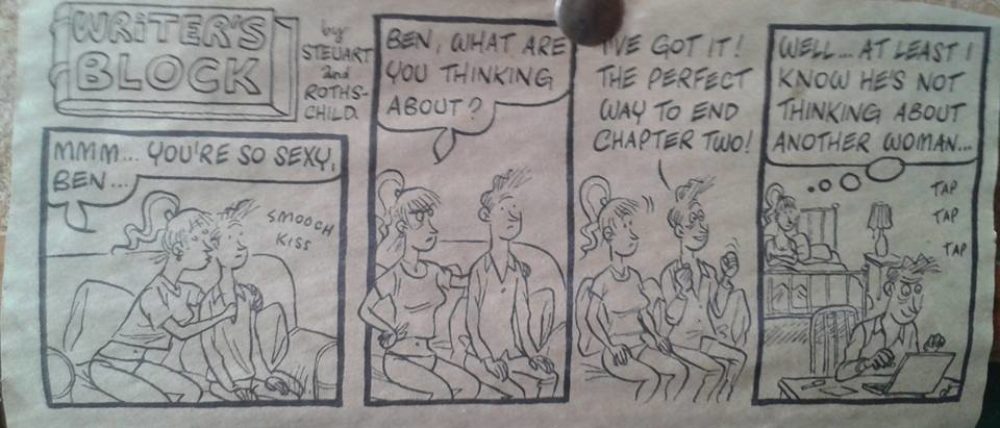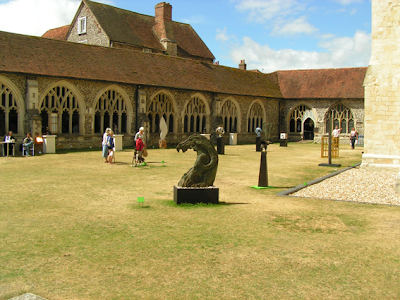We were married in a half hour service from 10.30 to 11am. Exactly four years later we were sitting in a communion service in Chichester cathedral, lasting from 10.30 to 11am. The parallel didn’t occur to me until later but I thought it was a nice one, especially when Best Beloved pointed out that a communion service is the exact opposite of the rigidly, unyieldingly secular civil marriage service that I once ranted of.
So, anyway, happy anniversary to us as of yesterday.
Chichester cathedral is smaller than my favourite (Salisbury, of course): blockier, more Romanesque, which is my understanding of “small, rounded arches”. A Wellington or a Whitley, if you will, to Salisbury’s Lancaster.
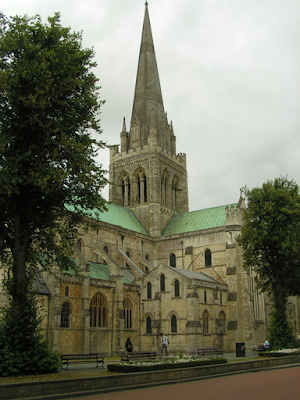 But it has a character very much of its own, especially since, as a community, it made the decision to be a sponsor of the arts and crafts. It was also being extensively renovated right up until the 1990s, still in the original style and stone; but these two facts together mean there is a lot of modern that blends very nicely with the old, and the gleaming white stonework might actually be how the entire building once looked.
But it has a character very much of its own, especially since, as a community, it made the decision to be a sponsor of the arts and crafts. It was also being extensively renovated right up until the 1990s, still in the original style and stone; but these two facts together mean there is a lot of modern that blends very nicely with the old, and the gleaming white stonework might actually be how the entire building once looked.
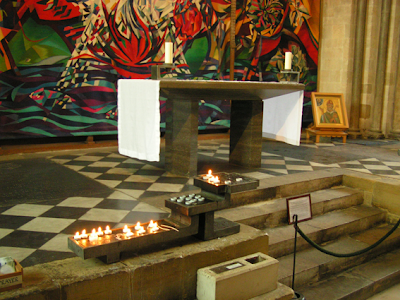
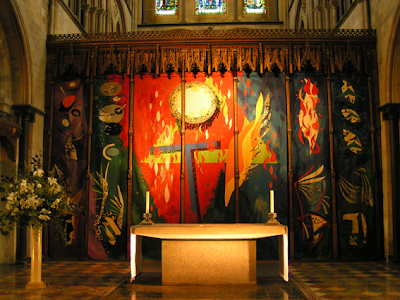

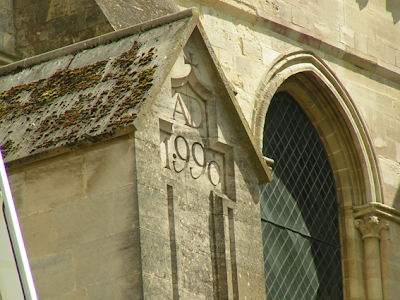 And there’s the more trad cathedrally stuff too. The Arundel tomb actually inspired a poem by Philip Larkin, which is actually quite good. He was moved by the way that the knight has taken off his right glove so that he can hold hands with his wife for all eternity. And it is sweet.
And there’s the more trad cathedrally stuff too. The Arundel tomb actually inspired a poem by Philip Larkin, which is actually quite good. He was moved by the way that the knight has taken off his right glove so that he can hold hands with his wife for all eternity. And it is sweet.
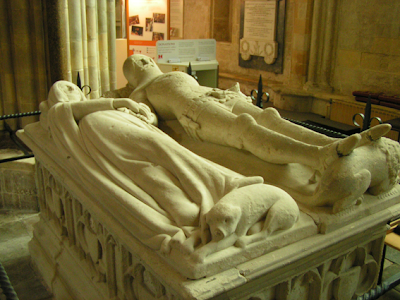 As the local MP, this guy gets a slightly more heroic statue than his manner of death would suggest (plonker).
As the local MP, this guy gets a slightly more heroic statue than his manner of death would suggest (plonker).
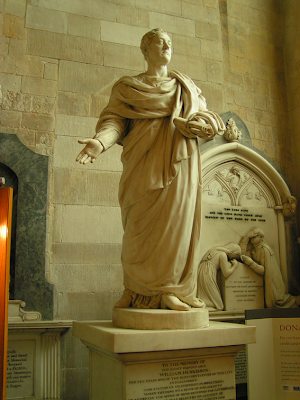 From the department of “they did it different in those days” comes this affectionate memorial.
From the department of “they did it different in those days” comes this affectionate memorial.
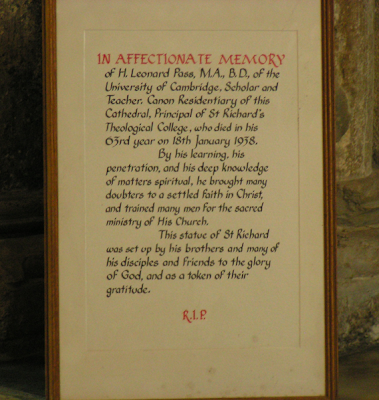 If I had tried penetrating anyone to bring them to a settled faith in Christ then my youthwork career would probably not have lasted so long.
If I had tried penetrating anyone to bring them to a settled faith in Christ then my youthwork career would probably not have lasted so long.
Still with the sponsoring arts thing, outside where the sun had finally decided to shine there is an exhibition of sculptures going on in the cloisters.
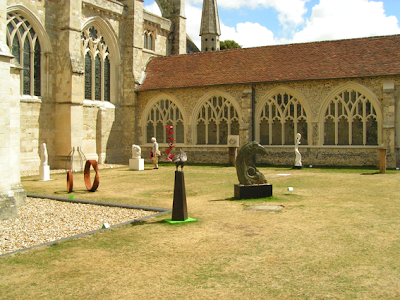
There was also this intriguing display …
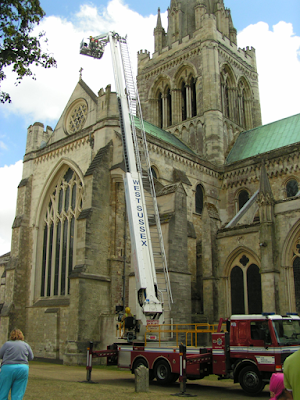 … which turned out to be practice for all those times souls get lost somewhere up on a very high roof and have to be picked up. There’s probably sermon material in there if I contrive it enough.
… which turned out to be practice for all those times souls get lost somewhere up on a very high roof and have to be picked up. There’s probably sermon material in there if I contrive it enough.
In other news, I now have an eighteen-year-old stepson. The difference between the adult and child Bonusbarn has yet to be remarkable, except that this year he can steward and take booze to Truck.
